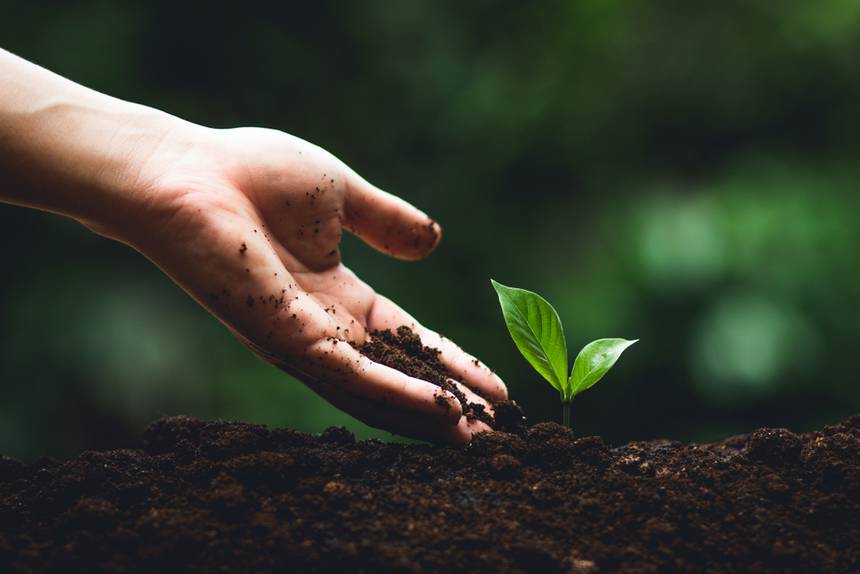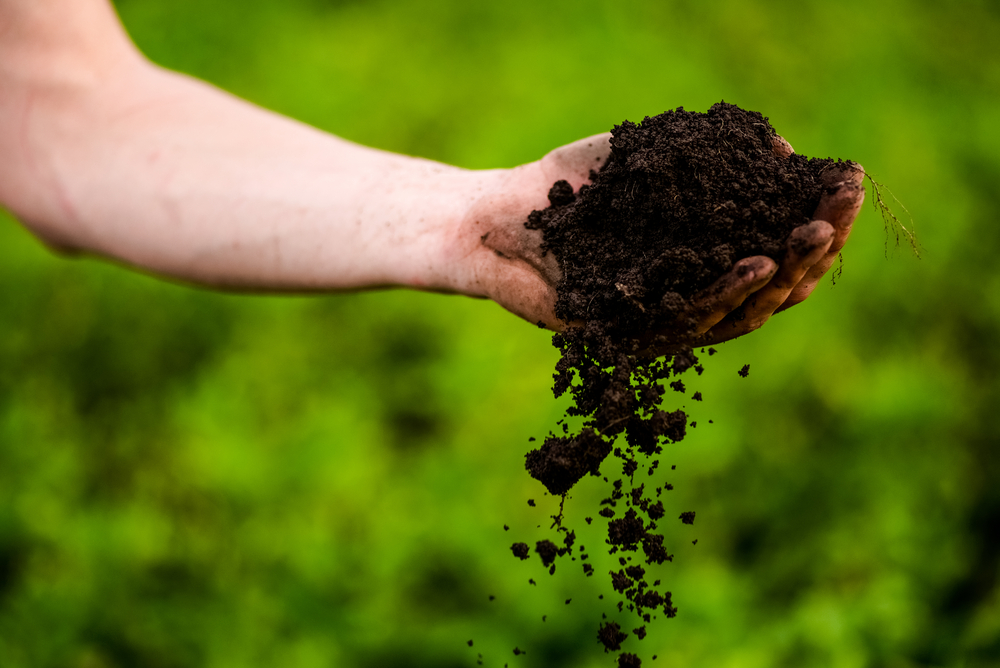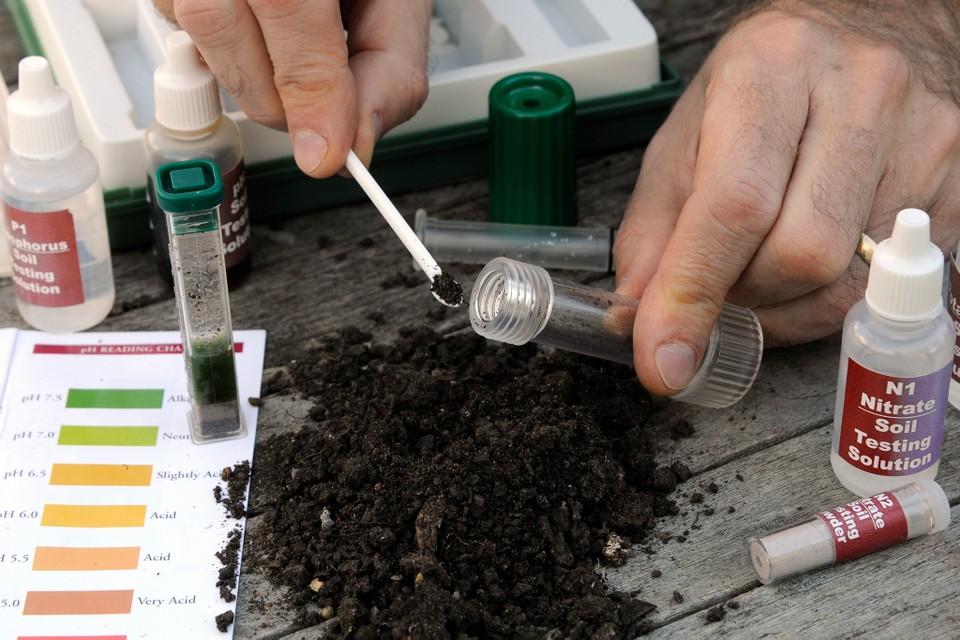Soil is the most important component of gardening as it is the medium in which all food is grown. One tablespoon of topsoil contains over six million living organisms, but when pesticides are applied, these microorganisms are harmed resulting in fewer minerals. Even when plants are harvested, it diminishes the nutrient content of the soil, which is why composting helps to return the minerals back to the soil and restore the soil’s health.

By testing soil, we can learn what elements are present to produce a nutritious harvest. There are several soil types, such as clay, sand, silt, loam, peat, and limestone, and the soil type largely depends on location and climate.
Although soil is made up of many layers, we usually only see the top two or three layers. The topsoil is usually darker in color and contains a lot of organic matter. Fungus, insects, bacteria, micro biotic organisms, and worms all help in aerating the soil to release nutrients that can be used by the plants.

In a nutshell, the deeper the topsoil, the better it is for your gardening. Subsoil is normally lighter in color compared to the topsoil because it contains very little organic matter. The composition of the subsoil determines the drainage and water available to the plants. So, it’s important not to mix different layers of soil.
Without a soil test, it will be hard to know what mineral deficiencies there are and what steps you need to take to ensure optimal soil health. Home testing kits are inexpensive and fairly easy to use. It will also be useful to get some background knowledge of your area about the common soil types found in the region.

Your soil pH determines if the soil is acidic or alkaline. This is key information because some plants have a very distinct preference and the type of soil will affect their growth.
By looking at the weeds in your garden, you can get a rough idea of the soil pH. For example, weeds like sorrel thrive in acidic soil whereas forsythia prefers alkaline soil. But for more accurate results, it is better to use a soil testing kit. It’s pretty simple to use one to get a better idea of your soil composition:
- Start by taking a soil sample. Take a spoon or bulb planter and drive it into the soil up to 8 inches deep and collect a plug of soil.
- Avoid using your hands to handle the sample as your skin’s pH may affect the results.
- Put the soil sample in a glass container and close it tightly with a lid so you can shake it up to mix the contents.
- A soil testing kit comes with testing fluid to add to the soil sample. After doing this, leave the sample container to rest for a few minutes.
- Use the provided pH indicator chart to match the color of the soil against the chart. Green indicates alkaline and yellow or red indicates acidity.
You’re all done! Here’s to making smart gardening choices!
